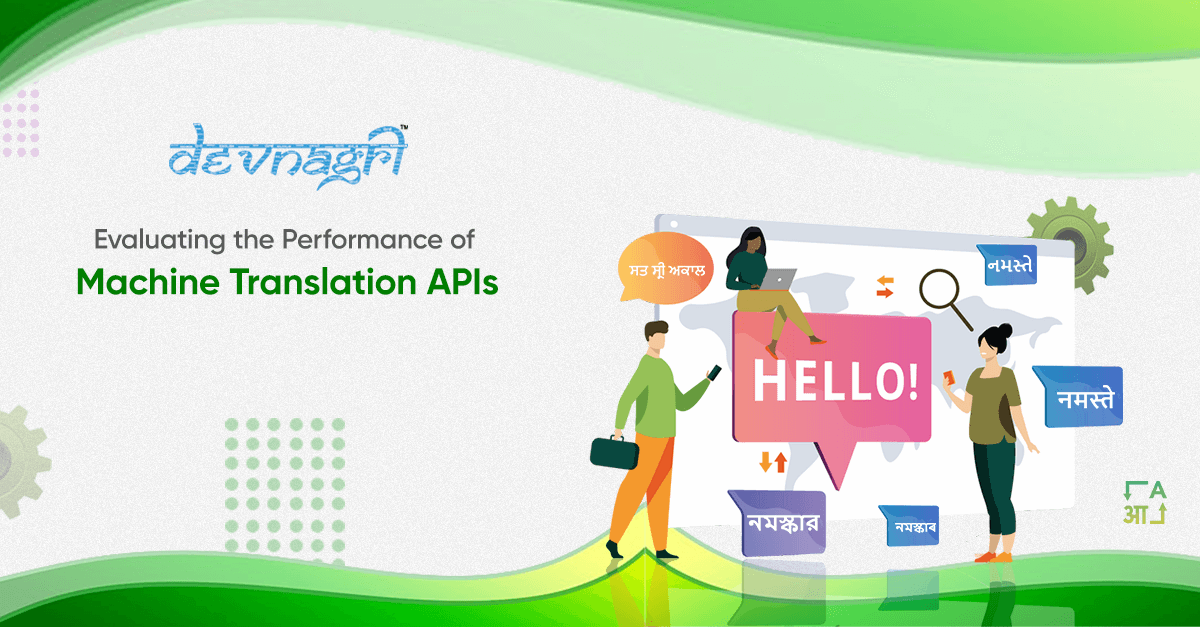
In the modern world, the ability to communicate different language effectively is more critical than it used to be in the past. Machine translation is becoming a vital tool for businesses individuals and even researchers trying to bridge the language barrier. In this post, therefore, we’ll explore the key performance matrix and other methods used in the evaluation of the effectiveness of machine translation API. Keep reading to learn more
Also Read: Why Should You Hire A Professional Website Translator
What is a machine? Translation
Machine translation is the use of software to translate text or speech from one language to the other. Machine translation is crucial for different applications ranging from customer solution academic research to content localization. Liver leveraging machine translation helps organizations reach a broader audience and streamline operations as well as the user experience.
Also Read: Key Reasons for Using Video Transcription Agency
Key Performance Metrics for MT APIs
There are several key metrics used to assess the quality and performance of machine translation APIs. Here are some of the metrics you should know:
Accuracy
Accuracy in machine translation relates to how closely the translated text matches human translation. The most prevalent way to measure accuracy is through bilingual evaluation understudy scores. This compares the machine output to other reference translations.
Also Read: Exploring English to Gujarati Translation: Bridging Language Gaps
Speed
Speed is another critical factor that measures the metrics of machine translation. It measures how quickly the machine translation API can process and return given translations. The indicators include the term taken to process a single request throughput the number of characters or words translated and the latency.
Also Read: Enhancing Global Learning: The Power of eLearning Translation
Scalability
This is the ability of the APIs to handle high volumes of translation requests without affecting the quality of the translation. Metrics such as the number of words processing per second helps in assessing the scalability and ensure the API supports large-scale operations and peak loads
Also Read: Navigating the Complexity of Media Translation: Bridging Cultures, Connecting Worlds
Reliability
This measures the consistency and dependability of the machine translation API. The main aspects include indicating the percentage of the time the service is operational uptime tracking frequency and error rate.
Also Read: Navigating the World of Publishing Translation: Bridging Cultures Through Words
User Feedback
User satisfaction is the most crucial metric. It is measured through reviews, direct feedback from users’ solutions, and also providing qualitative insights into the API’s effectiveness and the areas for improvements.
Also Read: Navigating the Complexities of Finance Translation: Ensuring Accuracy Across Languages
Methods of Evaluating MT APIs
There are many ways in which machine translation APIs are Here are some of them:
Human Evaluation
Human evolution includes the linguistics of native speakers checking and rating the translations based on accuracy, context, appropriate means and fluency. Although this method provides psychological feedback, it is subject to time time-consuming.
Also Read: Navigating Global Markets: The Vital Role of Website Translation
Automated Evaluation
Different automation tools are used in measuring the metrics of machine translations. These tools compare the machine translations to reference text and provide the scores that reflect translation quality, although these tools can be efficient, machine evaluations may miss some mistakes which humans can detect.
Also Read: Exploring the Power of Translation APIs: Breaking Language Barriers in a Connected World
Case Studies and Benchmarks
Benchmarks are crucial for any comprehensive evaluation of the real-world application. Case studies, therefore, illustrate how machine translation APIs perform in particular use cases. Although benchmarks compare different APIs across different tasks, it is difficult to highlight weaknesses and strengths.
Also Read: Unlocking Boundless Communication: The Significance of English to Telugu Translation
Conclusion
Evaluation of a machine translation API is crucial in choosing the right tool for your translations. It is therefore important to understand the different metrics used in measuring the quality of any translation. Although there are challenges that come as a result of technological advancements in machine translation and other technologies, still some tools can enhance the capabilities of evaluation methods. Technology improves, which is also an improvement in standards by which we measure success and this will ensure more accurate efficient and reliable translations in the future. If you’re looking forward to leveraging machine translation for your projects it is important to consider these metrics and evaluation methods to be able to select the right API to enable you to communicate and understand different languages.





